6 Picture Perfect Spots In Yamagata And Niigata - Take Miraculous Photos!

We’ll introduce photogenic spots in Yamagata and Niigata that you’ll want to share on social media! In Yamagata, visitors will find the frost-covered Zao trees and temples. In Niigata, we recommend the Genbi Shinkansen and a glamorous kimono photoshoot.
Yamagata and Niigata are two prefectures perfect for travelers who want to share stunning photos on social media. In this article, we’ll introduce areas and activities you can try for obtaining beautiful pictures, including the great outdoors, encounters with adorable marine creatures, and an exciting traditional Japanese photoshoot!
We’ll also introduce a great way to save on your travel fees, so be sure to continue reading!
1. Frost-Covered Trees of Zao – A Must-Visit Winter Wonderland
The frost-covered trees of Zao in Yamagata are something you have to see if you’ll be in Japan during winter. The cold wind leaves the green conifer trees covered in frost every year between late December and early March.

Picture courtesy of Yamagata Prefecture
These pine trees covered in the pure white snow and ice are otherworldly, resembling mysterious winter creatures. These trees are also referred to as “snow monsters.”

Picture courtesy of Yamagata Prefecture
These frost-covered trees are lit up at night, creating a completely different look than the during the daytime. For details on this year’s illumination, please refer to the official Zao Ropeway website.
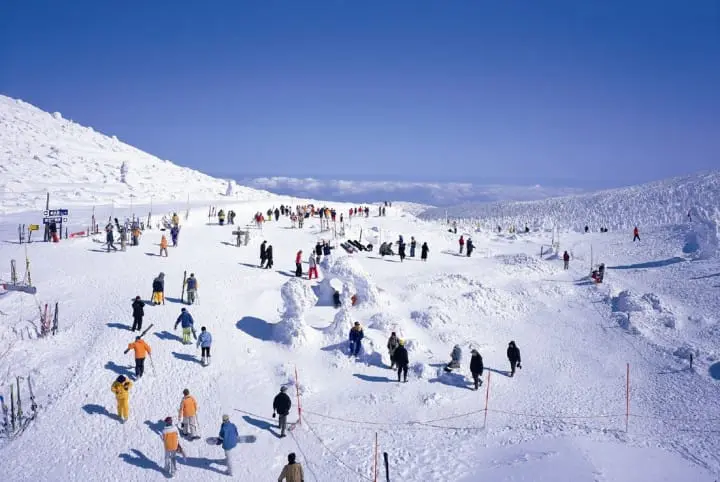
Picture courtesy of Yamagata Prefecture
In addition to the frost-covered trees, the Zao Onsen Ski Resort boasts an area of 305 square kilometers and offers numerous winter activities!
If you want to fully enjoy your trip and take the Zao Ropeway and see the frost-covered trees and illumination, please see Juhyo Illusion Corridor Tour in the Night Cruiser.
Hotels near Zao Ropeway
2. Kamo Aquarium – The World’s Most Magical Aquarium
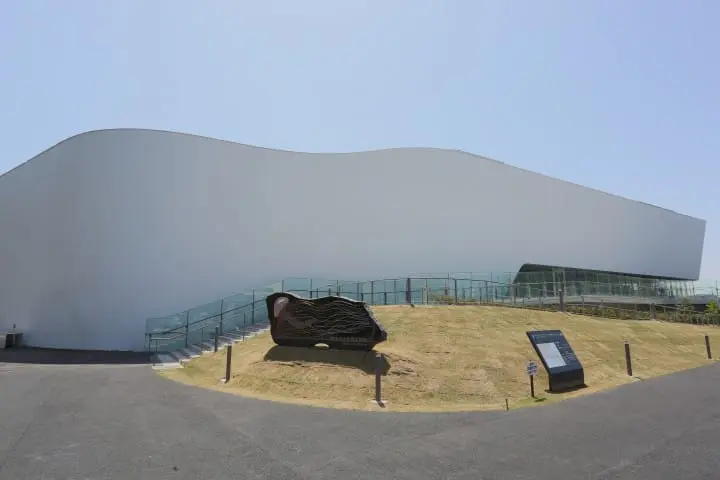
Picture courtesy of Yamagata Prefecture
Kamo Aquarium in Yamagata is known for having over 50 species of jellyfish! Its large collection of jellyfish has been certified by the Guinness World Records. This aquarium is known as the world’s best jellyfish aquarium.

Picture courtesy of Yamagata Prefecture
Kamo Aquarium’s centerpiece is the largest jellyfish dome theater in the world, with a total diameter of five meters, containing forty tons of water. The theater was designed considering the natural swiming pattern of the jellyfish, which follows the water current. It houses approximately 4,000 jellyfish.

Picture courtesy of Yamagata Prefecture
In addition to jellyfish, you can also observe other cute sea creatures, including freshwater and saltwater fishes, seals, and sea lions.
Close by to Kamo Aquarium is Yunohama Onsen, a Japanese hot spring facility, and Sakata, a port city with an artistic ambiance. If you want to visit popular spots in Tsuruoka and Sakata, please see SHONAI, WHICH FLOURISHED DUE TO THE KITAMAEBUNE, TRADITIONAL JAPANESE DANCE, AND JELLYFISH AQUARIUM + TAXI &YUNOHAMA-ONSEN LODGING PLAN.
3. Hojuzan Risshakuji Temple – A Beautiful Spiritual Spot
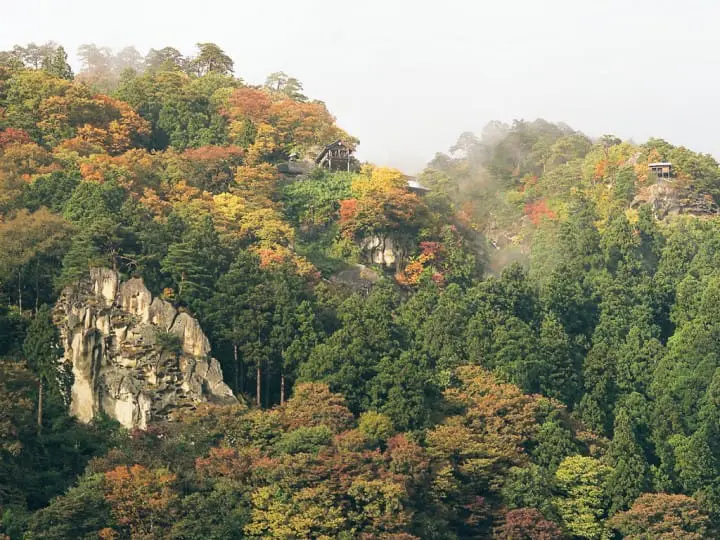
Picture courtesy of Yamagata Prefecture
Hojuzan Risshakuji Temple is a mountain temple located on the outskirts of Yamagata City. It was built in 860. It has historically gathered visitors, being well-known for helping people get rid of bad luck or unfortunate happenings and aiding in physical health.
Recently, it was the setting for the live-action film version of popular Japanese comic, “March Comes in Like a Lion” due to its beautiful landscape.
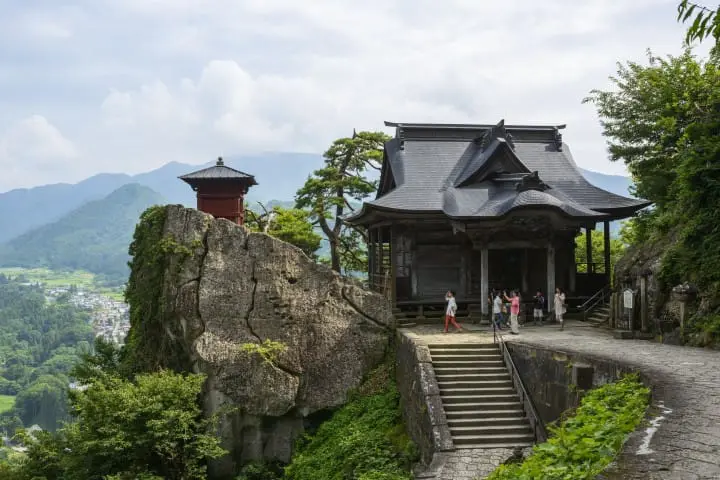
Picture courtesy of Yamagata Prefecture
Kaisando Hall and Nokyodo Hall are famous and picturesque, offering a panoramic view of the surrounding area.
A wooden statue of the priest who founded the mountain temple is enshrined in Kaisando Hall. At Nokyodo Hall, the temple's oldest structure, is a red building on top of a boulder. You can receive handwritten sutras there.

Picture courtesy of Yamagata Prefecture
Godaido Hall, constructed alongside the cliff, is considered best viewing point as it overlooks the foot of the mountain.
Spots such as sightseeing farms, where you can go cherry and grape picking, and the Tendo Onsen Rest Area, where you can relax with a free footbath, are located near the mountain temple.
4. Mt. Haguro’s Five-Storied Pagoda – A Mysterious Pagoda in Nature
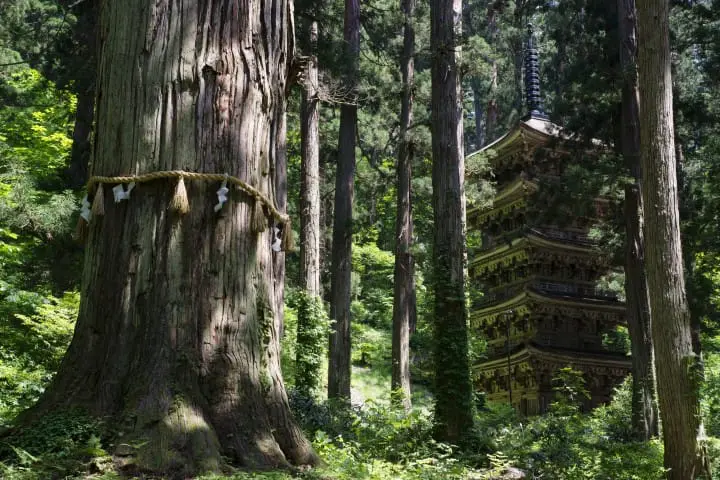
Picture courtesy of Yamagata Prefecture
Mt. Haguro, Mt. Gassan, and Mt. Yudono are mountains in central Yamagata. They are known collectively as the Three Mountains of Dewa. Dewasanzan Shrine is where the deities of these three mountains are enshrined.
Mt. Haguro’s five-storied pagoda is located along the road to Dewasanzan Shrine. It is in the middle of an old cedar forest with ancient trees as old as 1,000 years.
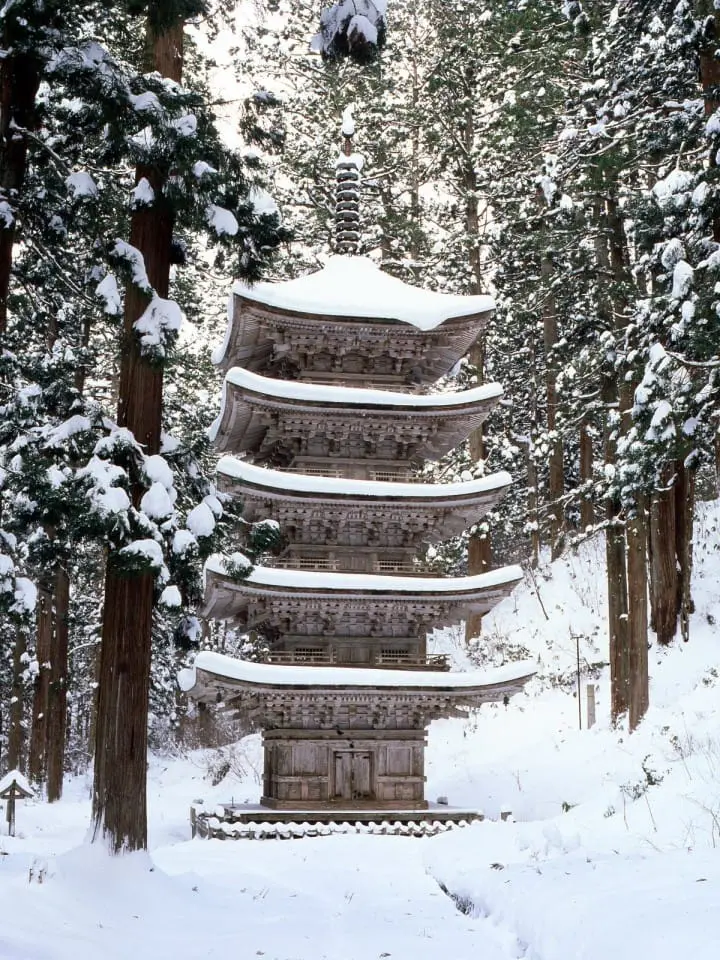
Picture courtesy of Yamagata Prefecture
Mt. Haguro’s five-storied pagoda stands 29 meters tall. It was constructed 600 years ago and is built from wood without the use of natural lacquers. The long and narrow five-storied pagoda has a dignified beauty and closely resembles a swan spreading its wings. It is the only five-storied pagoda that is a national treasure in the Tohoku region.
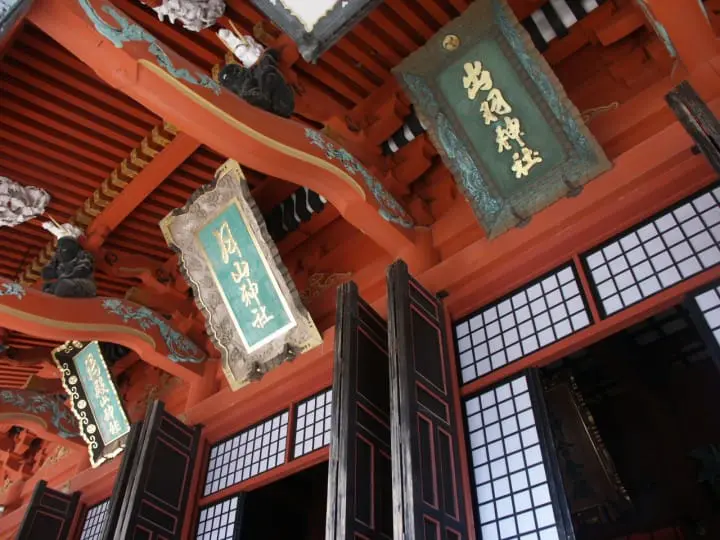
Picture courtesy of Yamagata Prefecture
Pass Mt. Haguro’s five storied pagoda and climb 2,446 stone steps to reach the thatch-roofed Sanshin-Gosaiden.
It’s also worth visiting Zenpoji Temple’s five-storied pagoda located near Mt. Haguro’s five-storied pagoda! If you want to enjoy both pagodas in one visit, check out HAGURO FIVE-STORIED PAGODA&SANJIN GOSAIDEN.
5. Genbi Shinkansen – A High-Speed Art Experience
The Genbi Shinkansen is a remodeled E3 Series shinkansen (bullet train), composed of six carriages (No.11 – No.16). It runs between Echigo-Yuzawa Station and Niigata Station in Niigata. Car No. 11 contains reserved seats while cars No. 12—16 have unreserved seats. The interior of all the carriages have been designed by modern artists.
How to Purchase Genbi Shinkansen Tickets
Tickets can be bought at any JR station or by making a reservation through travel tours offered by JR-EAST.

Picture courtesy of JR-EAST
The train’s exterior was produced by Mika Ninagawa, a photographer, and features Niigata’s famous Nagaoka fireworks. You’ll be captivated by the vivid design.
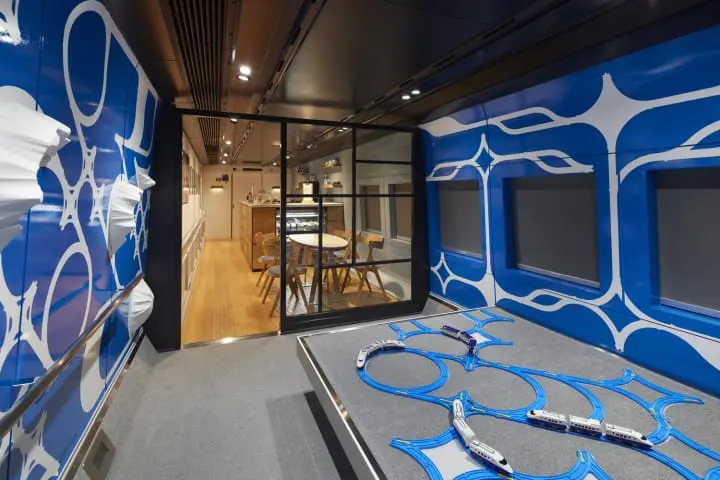
Picture courtesy of JR-EAST
Car No. 13 has a space for children and a cafe. The concept of the kids' space is inspired by Plarail, a toy train, with walls decorated with a Plarail track design. Drinks from the popular Tsubame Coffee are served in the cafe area.

Picture courtesy of JR-EAST
There is artwork is displayed behind glass in car No. 15, giving the area a museum-like feel. If you want to experience the Genbi Shinkansen yourself and visit the hot springs at Echigo-Yuzawa, refer to STROLLING AROUND ECHIGO-YUZAWA.
Address
Echigo-Yuzawa Station/Niigata Station
Business Time
For detailed information, please refer to the <a href="https://www.jreast.co.jp/e/joyful/genbi.html" target="_blank">station stops and timetable</a>.
Fixed holidays
For detailed information, please refer to the <a href="https://www.jreast.co.jp/e/joyful/genbi.html" target="_blank">service calendar</a>.
WiFi
Available
Accepted Credit Cards
VISA,MASTER,JCB,American Express,Diners Club,銀聯Card
Access
Niigata Station/Echigo-Yuzawa Station
Website
Genbi Shinkansen
6. A Glamorous Kimono Photoshoot at studio Clan
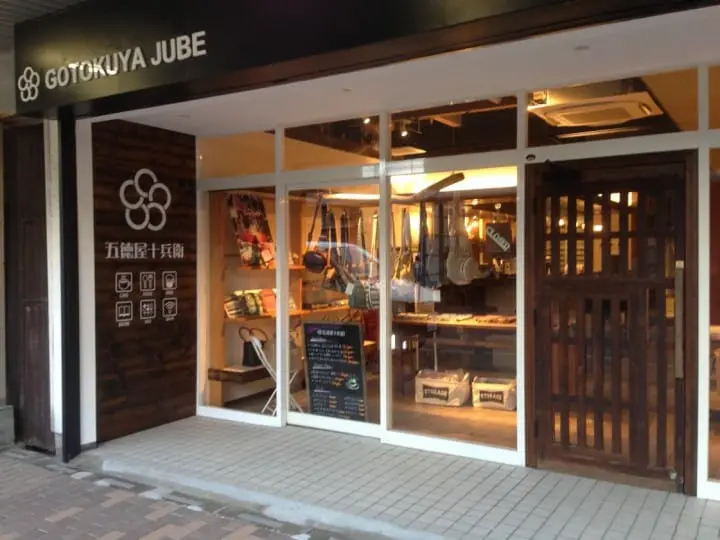
Picture courtesy of studio Clan
Furumachi, Niigata, famous for its historical geisha district, is where you’ll find studio Clan, an immensely popular oiran (*1) photoshoot studio. Here, you can transform into an oiran with a stunning kimono and take beautiful photos. The studio is becoming increasingly popular, as visitors can receive a special memory from their Japan travels.
Oiran attire and hair are more glamorous and compared to the typical Japanese kimono. Oiran attire is considered art.
*1 Oiran: the title of courtesans with the highest social status during the Edo period (1603–1867).
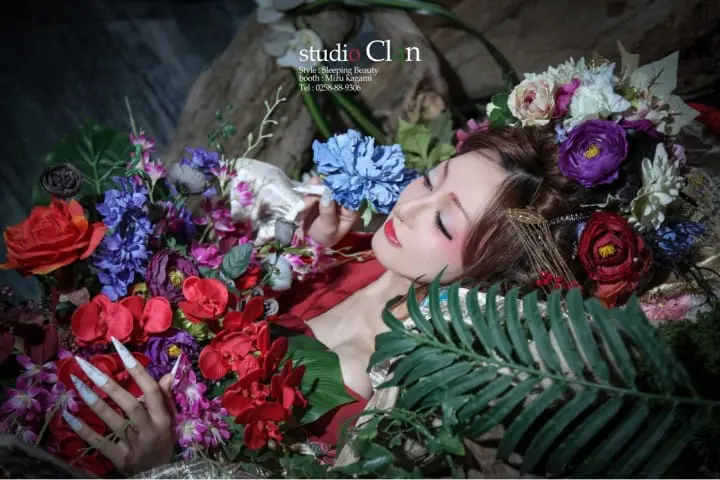
Picture courtesy of studio Clan
The studio provides special booths and outfits. With the outfit and makeup, your photographs will be truly artistic and entertaining (photoshoot fee: starting from 10,584 yen with tax).
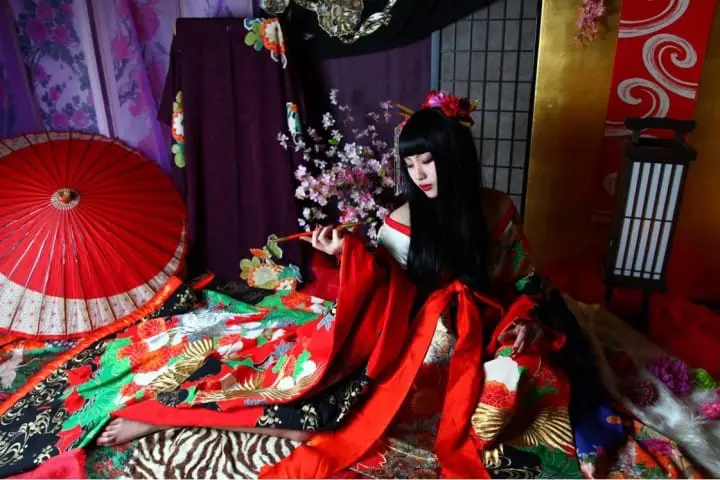
Picture courtesy of studio Clan
The employees at the studio are proficient in English, so you can easily enjoy the experience even without Japanese skills. You’ll also receive the digital data of the photos you’ve taken on the day of your visit.
Address
Niigata, Niigata, Chuo, Honcho Street 12 Bancho 2762
Business Time
9:00-18:00
Fixed holidays
Open all year round
WiFi
Available
Accepted Credit Cards
VISA,MASTER,JCB,American Express,Diners Club
Languages
Japanese, English
Access
Higashibori Juni Bancho Station (Niigata Kotsu Bus)
Access
Take the Joetsu Shinkansen from Tokyo Station to Niigata Station (approx. 1 hour 35 minutes - 2 hours 25 minutes). Take the <a href="http://www.niigata-kotsu.co.jp/~noriai/route-bus/kaisei/timetable/detail/unkoubin_w/c6.pdf" target="_blank">C60 Niigata Kotsu Bus</a> (Japanese) from Niigata Station bound for Irifune Office, exit at Higashibori Juni Bancho (20 minutes), then walk for 1 minute.
Price
Starts from 10,584 yen (tax included)
Telephone number
025-201-6896
Website
https://www.studio-clan.com/home-1
Visit Yamagata and Niigata with the JR EAST PASS!

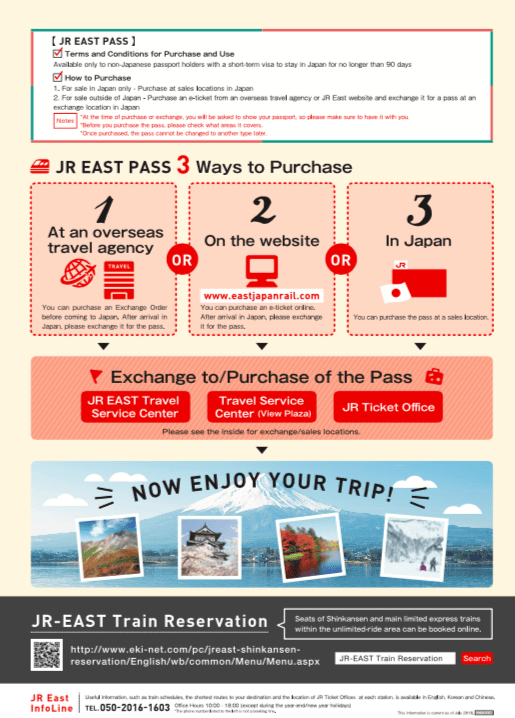
Picture courtesy of JR-EAST
To visit the beautiful nature-filled destinations like the snowy trees of Zao and the mountain temples in Yamagata, use the JR EAST PASS(Tohoku area). If you’re interested in the unique, picturesque spots in Niigata such as the Oiran Photoshoot Experience, be sure to use the JR EAST PASS(Nagano, Niigata area)!
These passes allow you to take transportation facilities such as the Shinkansen (bullet train), limited express trains, rapid trains, normal trains, and JR buses within the specified area of the pass an unlimited number of times. For details on how to purchase these passes and for instructions, refer to the links below.
■JR EAST PASS(Tohoku area)
■JR EAST PASS(Nagano, Niigata area)
*The JR EAST PASS are for international visitors to Japan. Japanese nationals and non-Japanese residents of Japan without a tourist visa status are unable to use this pass.
Read also
Go to Yamagata And Niigata with JR EAST PASS!
https://matcha-jp.com/en/yamagataniigata
We recommend this website to discover travel destinations in Tohoku!
TOHOKU BUFFET: https://www.tohoku-buffet.com/sg/global/
Written by Chen
Sponsored by Yamagata Prefecture and Niigata Prefecture
東京に出てきて8年目です。



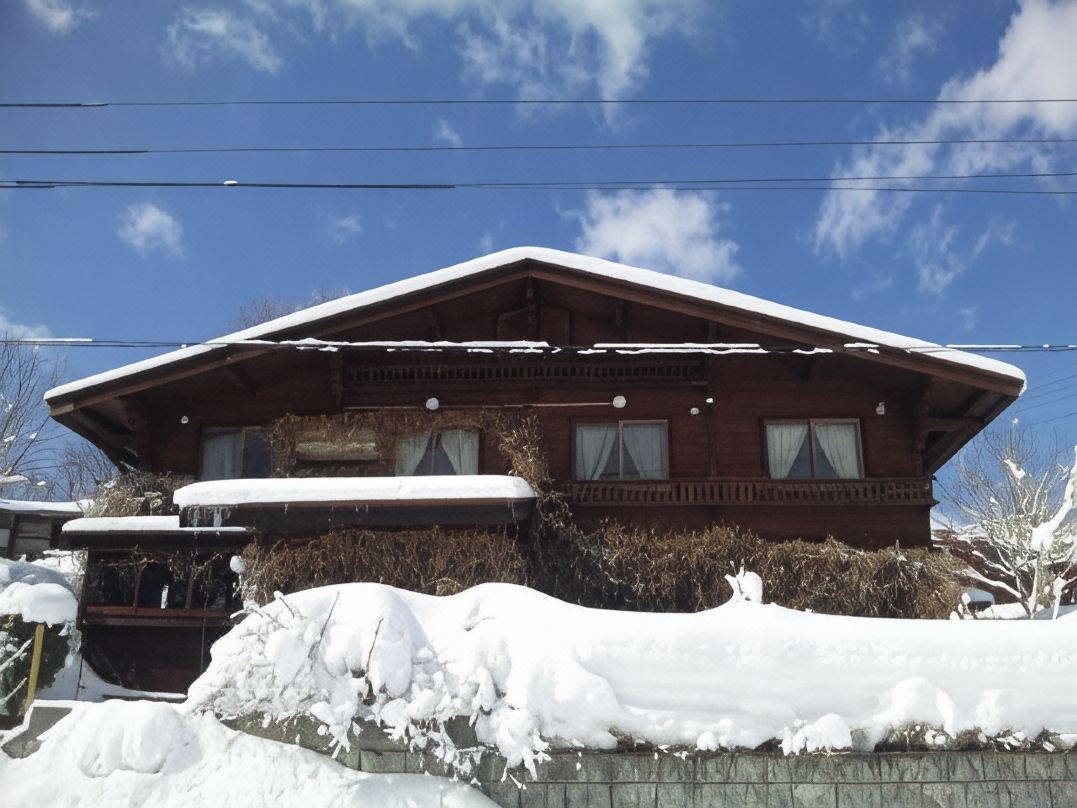


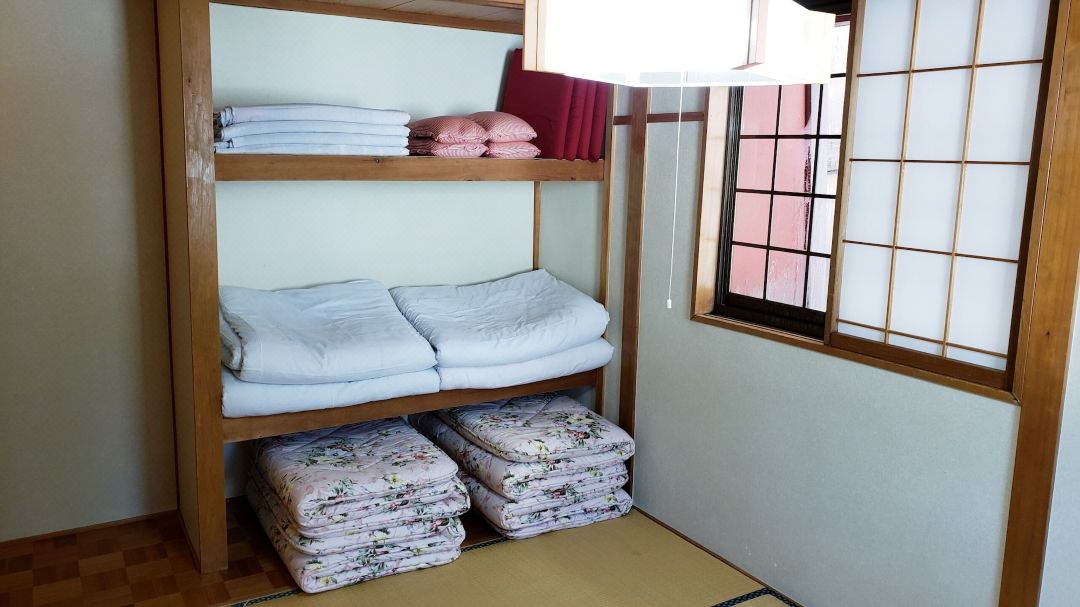














































![[Coupon Available] Attention Overseas Winter Sports Fans! Nagano's Sports Depot Has Evolved](https://resources.matcha-jp.com/resize/720x2000/2026/01/05-254819.webp)